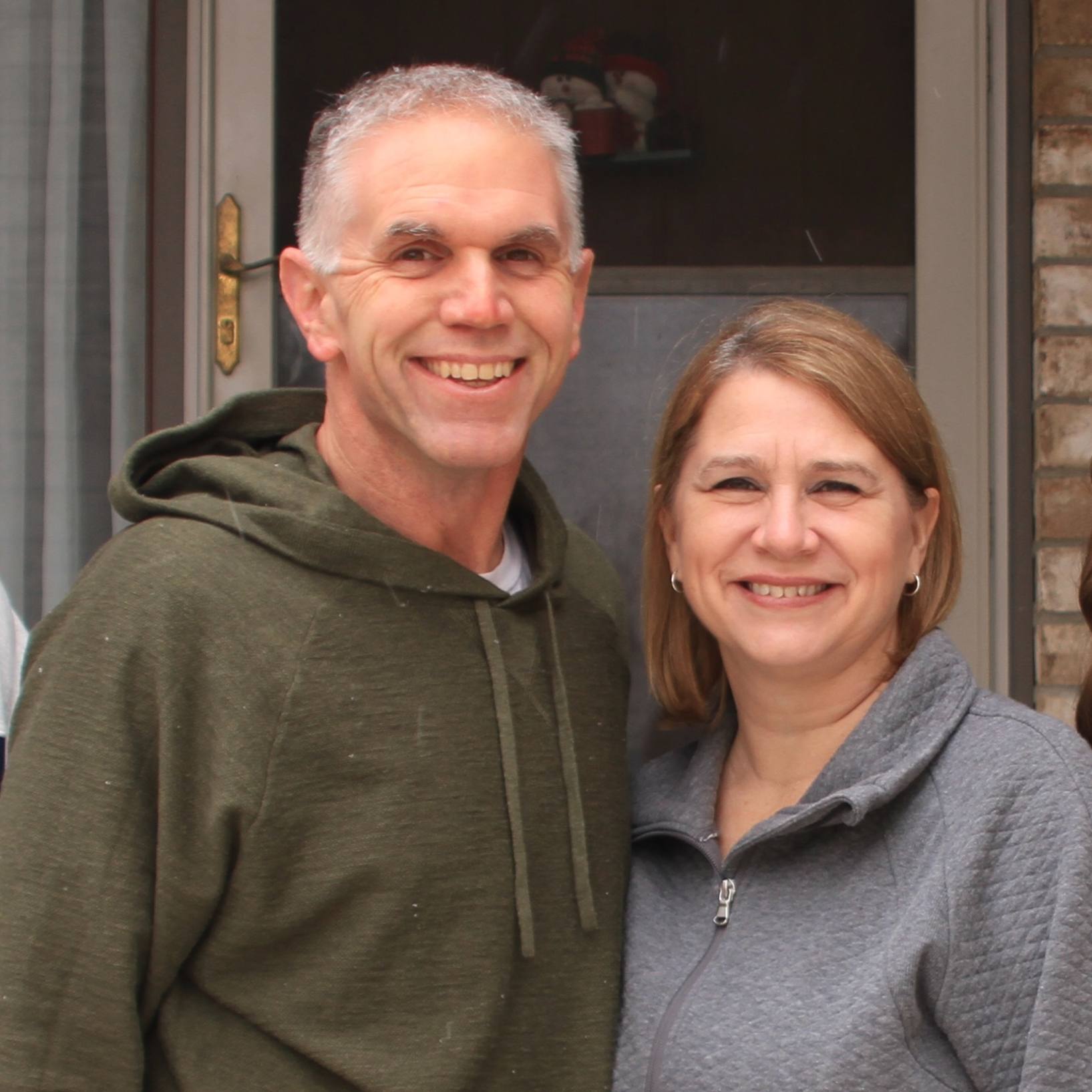Most people spend a third of their lives either asleep or resting, according to the Sleep Foundation. During sleep, the body recharges and repairs itself. And a good night's sleep often can be determined by what position you are lying in bed.
Journalists: Broadcast-quality video (1:11) is in the downloads at the end of this post. Please courtesy: "Mayo Clinic News Network." Read the script.
Back-sleepers beware.
"I know many people find it to be comfortable, because they're not putting weight on their joints," says Dr. Lois Krahn, a Mayo Clinic sleep specialist.
But Mayo Clinic experts say sleeping on your back is actually the worst sleeping position, especially if you have sleep apnea.
"Sleeping on the back means that your tongue and jaw can fall down and crowd your airway. And many people snore more on their back," says Dr. Krahn.
Sleeping on your stomach helps keep the airway open, but it can put a strain on your spine and neck.
"There's a host of evidence overall suggesting that probably sleeping on the side is better," says Dr. Virend Somers, a cardiologist and director of the sleep facility within Mayo Clinic's Center for Clinical and Translational Science.
Side sleeping helps prevent the airway from collapsing and can reduce snoring.
"And so, all in all, sleeping on the side — perhaps with their head slightly elevated as long as that's comfortable — is a good way to sleep," says Dr. Krahn.
Side sleeping also is recommended during pregnancy, especially the last trimester. And sleeping on the left side is best because it keeps pressure off internal organs and promotes healthy blood flow.
"When you are in that third trimester of pregnancy and when you sleep on your back, the uterus is compressing your inferior vena cava. It's compressing the arterial system," says Dr. Somers.
Sleeping on your side also is considered by the Sleep Foundation as the best for people with neck and back pain, especially if you place a small pillow between your knees.
"Because if you don't have a pillow between your knees, that stress of sleeping on the side pulls on your hip and can cause some issues," says Dr. Somers.
For the safety of its patients, staff and visitors, Mayo Clinic has strict masking policies in place. Anyone shown without a mask was either recorded prior to COVID-19 or recorded in an area not designated for patient care, where safety protocols were followed.







